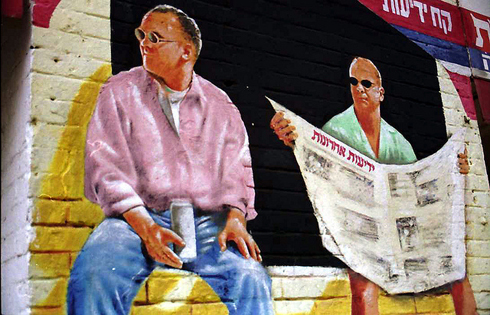
Israeli media has undergone significant changes over the past few years. Growing economic strains have increased competition between media outlets fighting for a share of advertising revenue. However, because the market that media outlets operate in is relatively small many are experiencing serious financial problems. This includes the daily newspaper Maariv, which was recently sold to a right-wing publisher. As a result, many of the newspaper’s workers are expected to lose their job. A similar fate may fall upon employees at Channel 10 and the only left-leaning Israeli daily, Haaretz, which are also incurring heavy losses.
Financial troubles have the potential, therefore, to decrease the independence of reporters, who may be less willing to challenge the wishes of their editors or managers who are, in turn, accountable to the owners of media outlets. In a recent blog post on The 7th Eye, Prof. Gabriel Weimann challenged the view that Israeli media is becoming increasingly biased and polarized due to ideological reasons. He writes:

